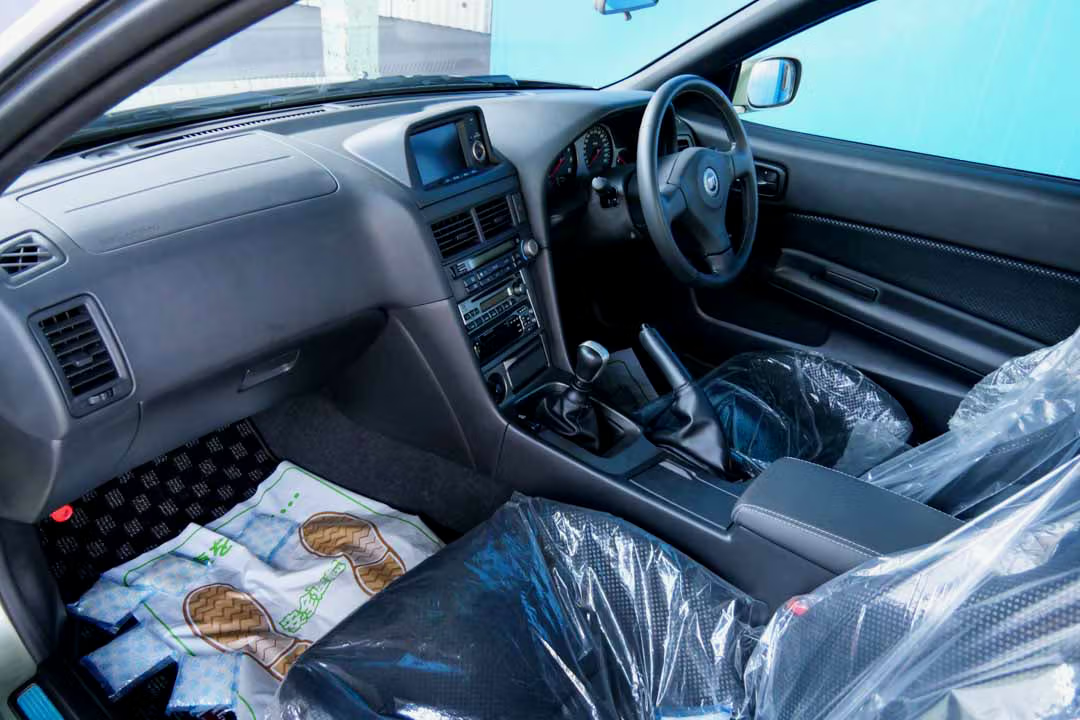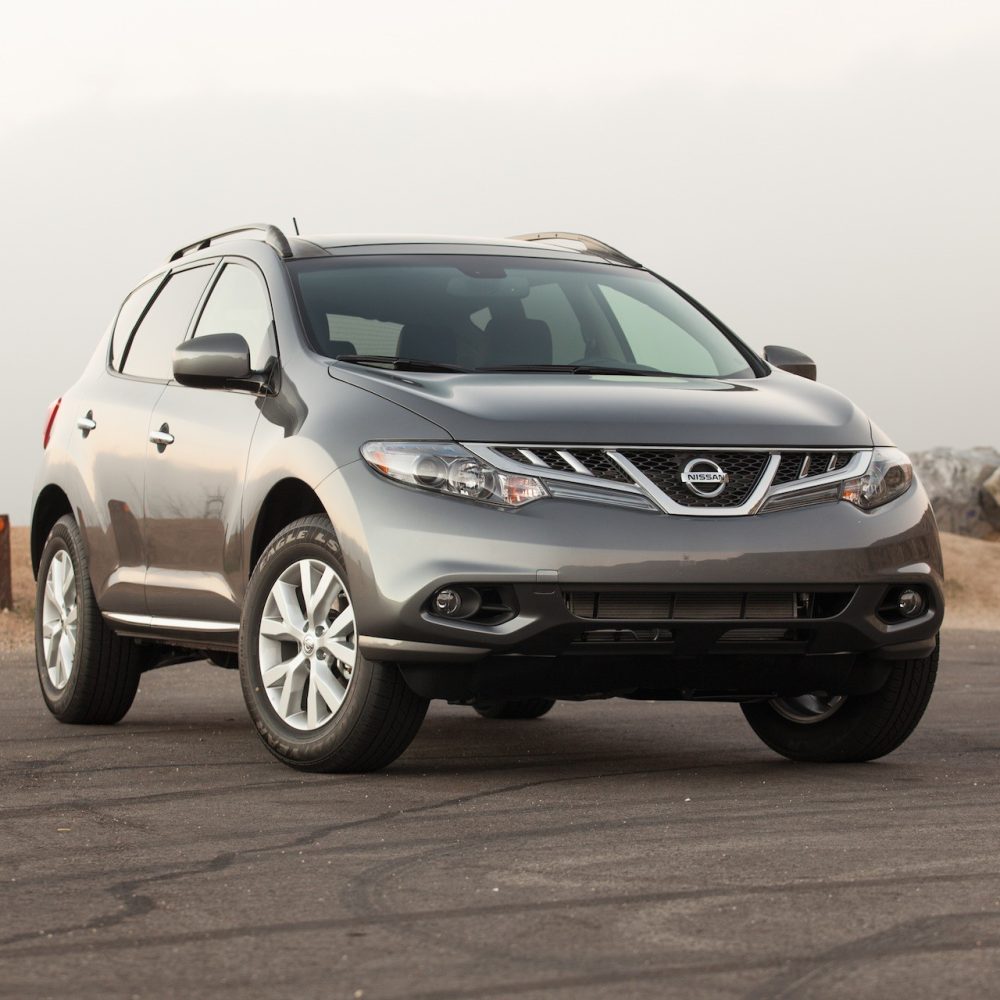The Nissan Skyline GT-R, particularly the R34 iteration, has transcended the realm of mere automobiles. It’s a cultural icon, a symbol of automotive prowess, and for many, a representation of unparalleled power. But what exactly makes the R34 so special? Let’s delve into the engineering marvel that lies beneath its sleek exterior.
The Heart of the Beast: The RB26DETT Engine
At the core of the R34’s legend lies its legendary engine, the RB26DETT. This twin-turbocharged, 2.6-liter inline-six is a masterpiece of engineering. Though officially rated at 276 horsepower due to a Japanese “gentlemen’s agreement” limiting power output, the true potential of the RB26 far exceeds that figure. Tuners have consistently unlocked its hidden power, pushing well past the 500 horsepower mark and even reaching the realm of 1000 horsepower with extensive modifications.
The secret to the RB26’s potency lies in its design. Its cast-iron block provides a robust foundation, while the aluminum cylinder head keeps weight down. The twin-turbo setup delivers a surge of power at higher revs, propelling the R34 forward with exhilarating force.
A Symphony of Performance: Drivetrain and Handling
Power is nothing without control. The R34 boasts a robust drivetrain that efficiently transfers the RB26’s might to the wheels. A six-speed manual transmission allows for precise gear changes, putting the driver in complete command of the driving experience.
However, the R34’s brilliance extends beyond raw power. Its all-wheel-drive system provides exceptional grip and handling. Advanced suspension technology keeps the car planted firmly on the road, even during aggressive cornering. The result is a car that carves through corners with precision and delivers a truly exhilarating driving experience.
An Icon Forged in Motorsports
The R34’s pedigree is steeped in motorsports. Developed from Nissan’s successful racing heritage, the R34 inherited a legacy of performance excellence. This racing lineage is evident in its aggressive design and focus on handling prowess.
The R34’s success on the track further cemented its reputation. Victories in various racing series solidified its place as a force to be reckoned with, capturing the imagination of car enthusiasts worldwide.
Beyond the Numbers: A Cultural Phenomenon
The R34’s impact transcends the realm of performance specifications. Its sleek, aerodynamic design and aggressive stance have made it a cultural icon. Video games, movies, and even anime have featured the R34, solidifying its place in popular culture.
For many, the R34 is not just a car; it’s a symbol of passion, performance, and a yearning for automotive excellence. Its presence evokes emotions that go beyond mere utility. It represents the pinnacle of Japanese engineering and design, a testament to pushing boundaries and achieving greatness.
The Evolution of Power: Modern Interpretations
The legacy of the R34 continues to inspire modern car manufacturers. While production of the R34 ceased in 2002, its influence can be seen in today’s high-performance Nissan models, particularly the Nissan GT-R.
The modern GT-R retains the spirit of the R34, offering even more power and advanced technology. However, the R34 holds a special place in the hearts of car enthusiasts. It represents a simpler time, a period when raw power and driver engagement were paramount.
Strengthening evaluation and impact assessment methodologies
Evaluation and impact assessment are the cornerstones of effective program design and resource allocation. They provide crucial insights into how well initiatives are performing, what their true impact is, and ultimately, if they’re achieving their intended goals. However, even the most well-intentioned evaluations can fall short if the methodologies used are weak. Here, we’ll explore ways to strengthen these vital tools.
Building a Robust Foundation: Clear Objectives and Frameworks
The first step is establishing a strong foundation. This means clearly defining the program’s objectives and desired outcomes. What are you trying to achieve? What changes do you expect to see? Once these questions are answered, selecting a suitable evaluation framework becomes easier. Popular frameworks like the OECD-DAC criteria (relevance, effectiveness, efficiency, impact, and sustainability) can provide a comprehensive structure for assessment.
Choosing the Right Tools for the Job: Tailored Methods
A one-size-fits-all approach doesn’t work in evaluation. The chosen methodology should be tailored to the specific program and its objectives. Quantitative methods, like surveys and data analysis, excel at measuring specific outcomes. Qualitative approaches, such as interviews and focus groups, offer valuable insights into participant experiences and perspectives. Combining these methods can provide a more holistic understanding.
Bridging the Gap Between Data and Action: Utilizing Mixed Methods
Relying solely on quantitative data can paint an incomplete picture. Conversely, qualitative data alone may lack the generalizability needed for robust conclusions. Utilizing mixed methods, which combine both quantitative and qualitative approaches, offers a richer, more nuanced understanding of program effectiveness. This allows for a more informed decision-making process.
Investing in the Human Element: Capacity Building
Strong evaluations require skilled personnel. Investing in capacity building for program staff is crucial. This could involve training on evaluation design, data collection techniques, and data analysis. Building a team with the necessary expertise will ensure the evaluation is conducted effectively and delivers actionable insights.
Beyond the Final Report: Dissemination and Utilization
The evaluation doesn’t end with the final report. Effective dissemination of findings is essential. This involves tailoring reports for different audiences, from policymakers to program beneficiaries. Engaging stakeholders in the dissemination process ensures the evaluation’s results are understood and used to inform future program iterations.
Continuous Improvement: A Learning Loop
Evaluation shouldn’t be a one-time event. It should be a continuous loop that feeds into program improvement. By using evaluation findings to adapt program strategies and interventions, organizations can ensure they are delivering the greatest possible impact.
Conclusion: Stronger Evaluations, Stronger Programs
Investing in robust evaluation methodologies is vital for maximizing program effectiveness and optimizing resource allocation. By employing the right tools, building capacity, and fostering a culture of learning, organizations can use evaluation as a powerful tool for driving positive change. Strong evaluations pave the way for stronger programs, ultimately leading to better outcomes for those they serve.
The Future of R34 Power: A Legacy That Endures
The R34’s place in automotive history is secure. Its combination of power, handling, and cultural significance ensures its status as a legend. While newer, more powerful cars may emerge, the R34 will continue to be revered by enthusiasts for generations to come.
The legacy of the R34 extends beyond its impressive performance figures. It represents a commitment to pushing boundaries and achieving automotive excellence. The “R34 power” isn’t just about horsepower; it’s about a spirit of innovation, passion, and a relentless pursuit of driving perfection.










